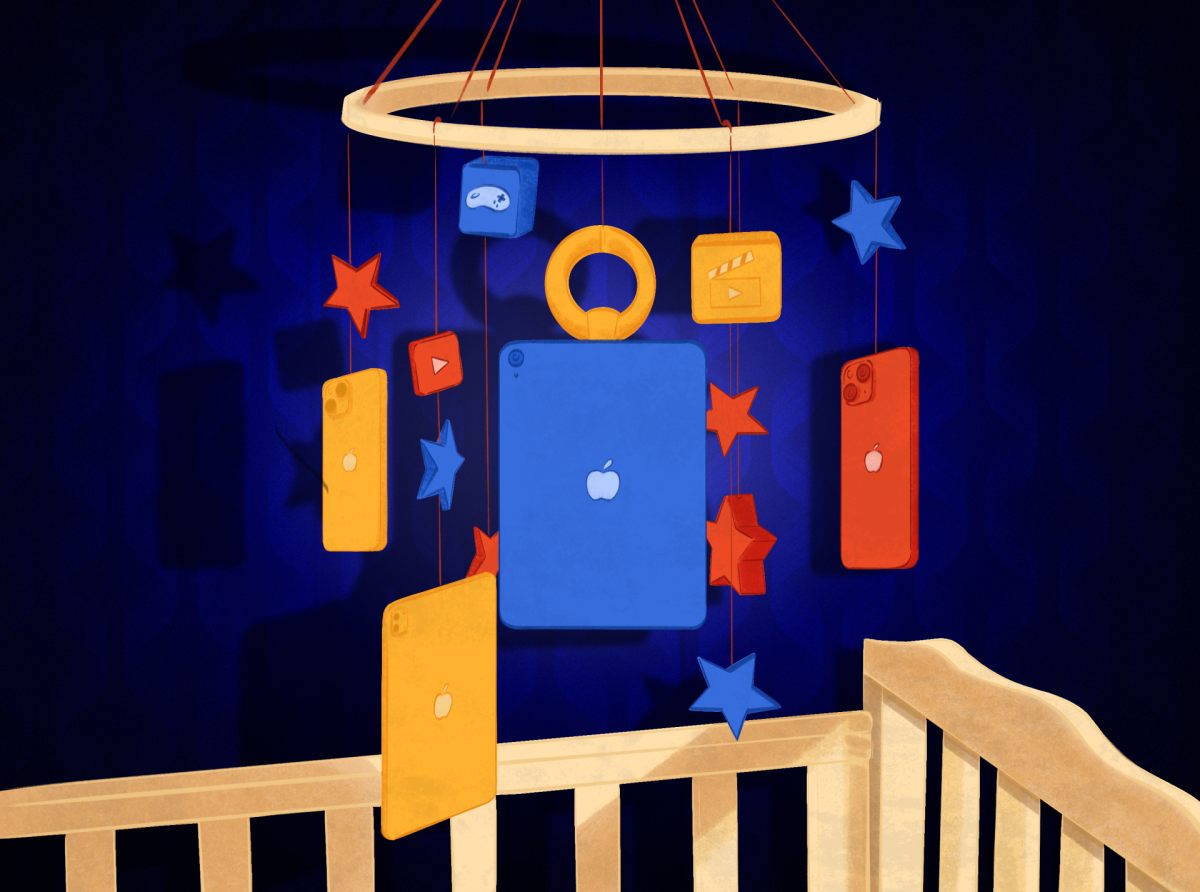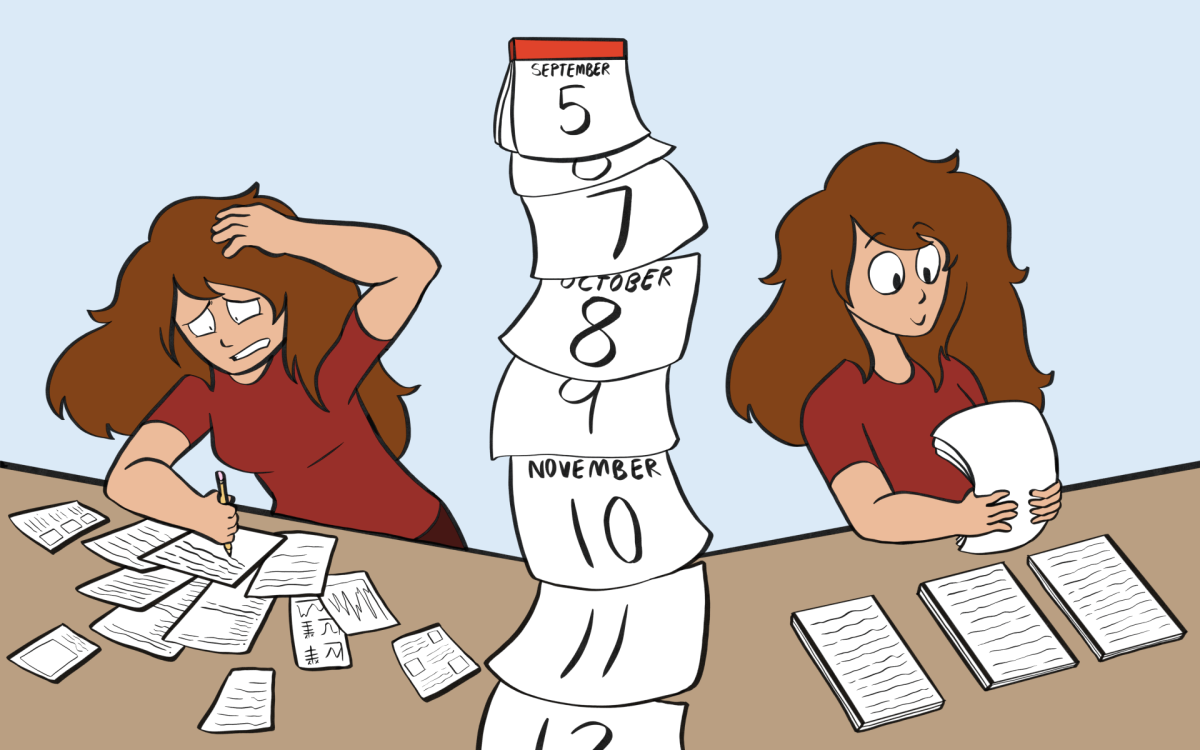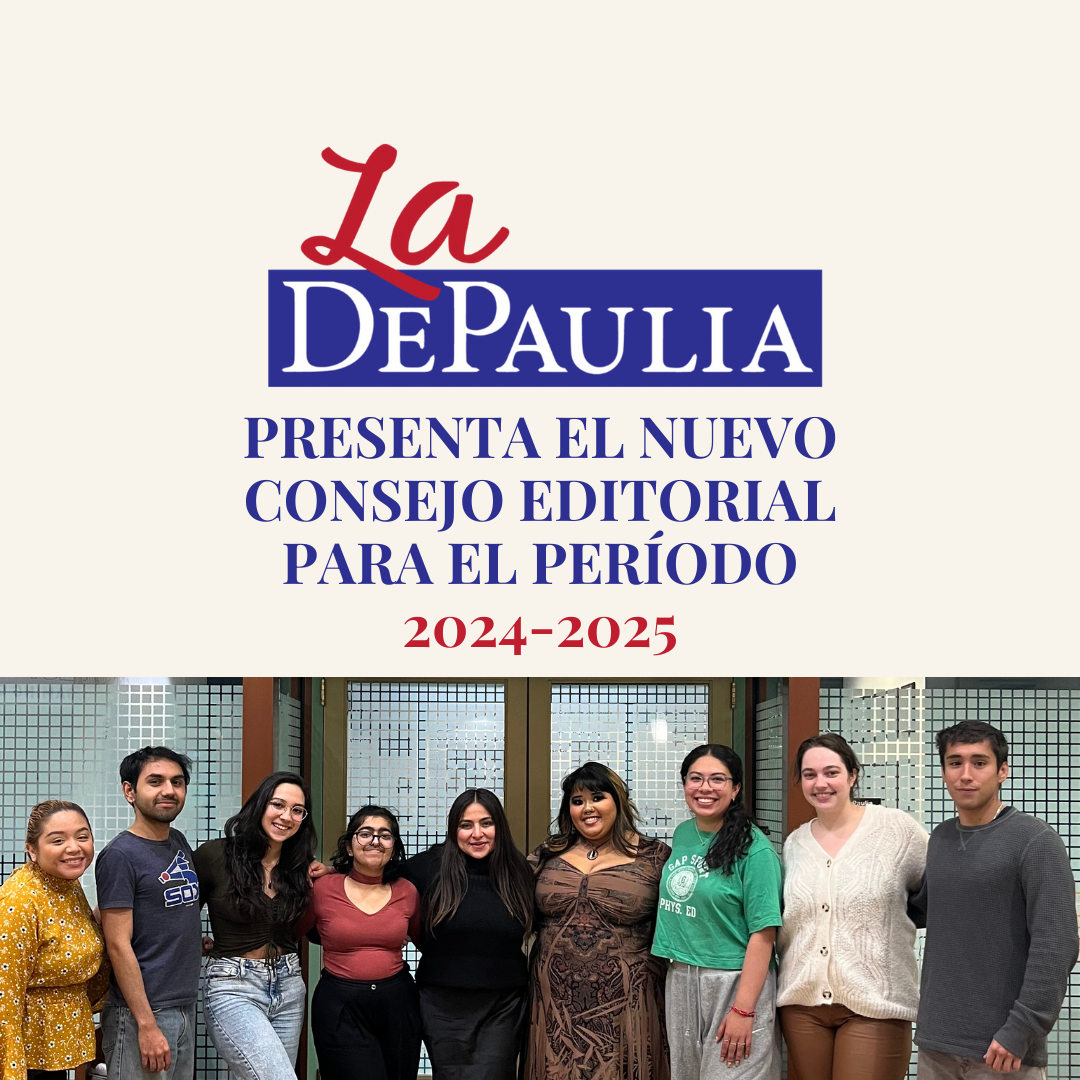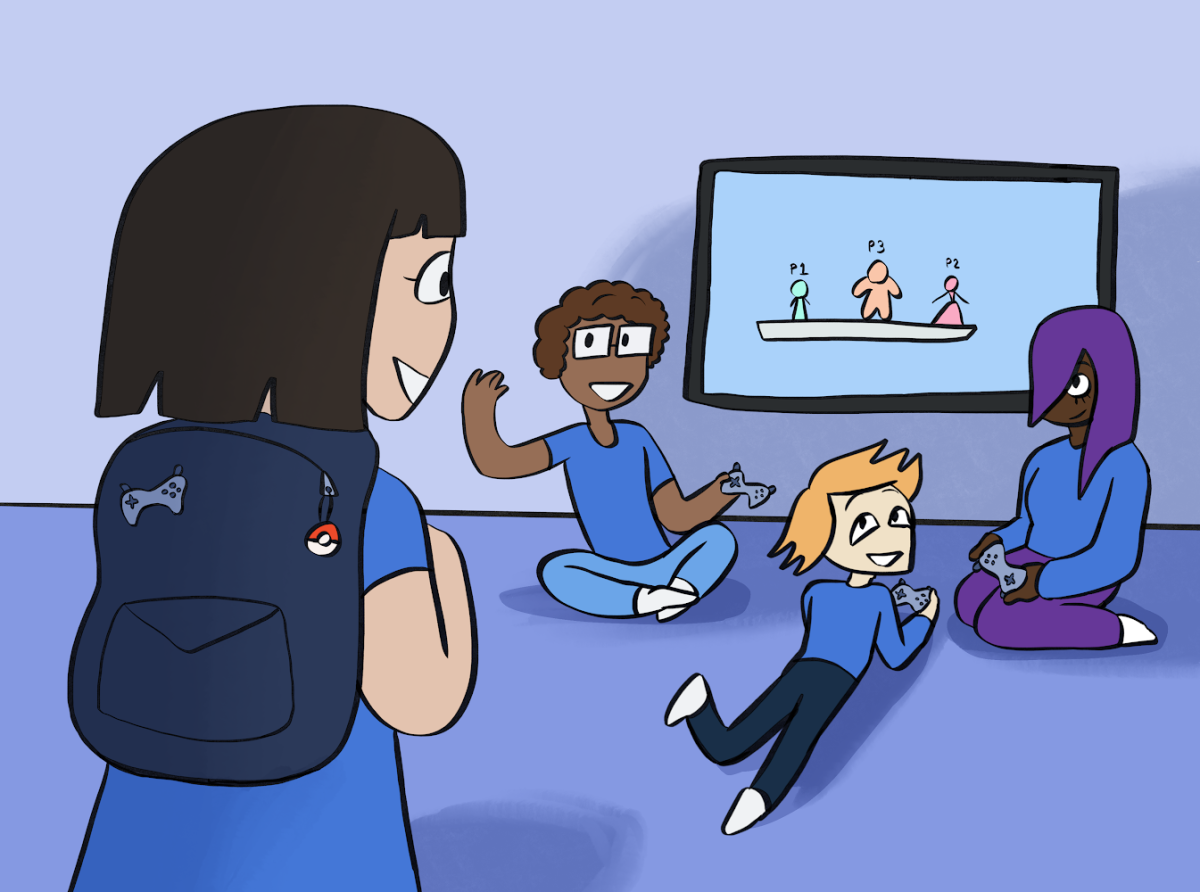NBA Eligibility Rule Keeping Young Talent Out

With the end of another college basketball season comes another crop of fresh, new faces bursting onto the NBA scene. Despite efforts of combating players to gain early entry into the NBA, the number of “one and done’s” coming into the league this year is at a staggering rate. According to CBSsports.com 2012 NBA mock draft, 21 of the 30 players drafted in the first round are freshmen or sophomores. Most notably, the University of Kentucky Wildcats, this year’s NCAA men’s basketball champions, have an unprecedented five underclassmen entering the NBA draft. And all are projected to be drafted in the first round.
The NBA has been under scrutiny about age requirements to enter the league more than the other three professional sports. However, players forfeiting their college career early and pursuing their dream of playing in the NBA is ultimately a rational decision, regardless of the outcome.
In the 1995 NBA draft, some high school players, such as Kevin Garnett, began the trend to skip college entirely and enter the draft. Future Hall of Famers, such as Garnett, Kobe Bryant, Dwight Howard and LeBron James, all elected to forgo college and go straight to the pros. But there have also been less successful players who skipped college, like Jonathan Bender, Kwame Brown and Eddy Curry. After the influx of high school players entering the NBA draft, the NBA in 2005 made the rule that you must be 19 years old and at least one year removed from high school to play in the league.
Fast-forward six years later and the controversy remains. This time thoughts center on pushing the eligibility age to 20 and two years removed from high school. However, with great players such as Kevin Durant and Kevin Love, both of whom entered the draft after their freshman year, it’s hard to find a reason why the NBA should move the age limit up. Especially since international basketball is becoming more popular, players forced to go to two years of college would likely just go to Europe and play as professionals, thus hurting the college game even more than it is now.
Players skipping college and going overseas isn’t necessarily a concern to NBA commissioner David Stern. A player gaining more experience seems to drive Stern’s ambition to increase the age limit.
“Our rule is that they won’t be eligible for the draft until they’re 19. They can play in Europe, they can play in the D-League and they can go to college. This is a business rule for us,” said Stern in an April 3 interview with ESPN.
The pressure Stern is putting on the league to pass the new age requirement stems from business. Players drafted high in the lottery are investments that are worth a lot of money. Stern, as well as the owners, wants to see a player play more basketball in order for teams to get a fair assessment on that player. Two years out of high school would give teams a larger sample size of the player’s ability. One could argue that Ohio State’s Jared Sullinger and University of North Carolina’s Harrison Barnes would’ve been in the top five NBA draft choices last year as freshmen. This year, due to failure to show much improvement from their freshman year, Barnes and Sullinger are expected to slip down to the top 10 in this year’s draft, which is not the most dramatic of changes.
The NBA assesses players eligible for the draft on potential. A player’s size, speed and prospective ability to play well are mainly what professional scouts look for in drafting players. Seeing a basketball prospect play one more year of college basketball, or even international ball, would not affect his future potential negatively, unless that player is injured. Harrison Barnes, North Carolina’s star player, had a disappointing freshman year and a not-so-spectacular sophomore year in college. Barnes, who is 6’8” and has good shooting mechanics, has NBA star written all over him and is still expected to be in the top 10, and possibly top five. The point is that Barnes has all the potential in the world and that’s what NBA teams look for in the draft, even if they underachieve in college.
One of the main draws in entering the NBA draft early is the prospective salary. According to Yahoosports.com, the average NBA salary in 2011 was more than $5 million, almost $2 million more than it is in other U.S. sports. The pot of gold these collegiate athletes see at the end of the rainbow may be too tempting to pass up. Before 1971, a player couldn’t be eligible to play in the NBA unless he graduated college. This rule was compromised when Seattle SuperSonics player Spencer Haywood won a settlement that allowed him to play in the NBA without four years of college. This propelled the NBA to implement another rule, the hardship rule. Under this regulation, underclassmen that can provide evidence of financial hardship would be allowed to enter the draft early.
As sportswriter Jackie Lapin would say, “Almost anyone who has been any good at the game in the past decade would qualify.”







